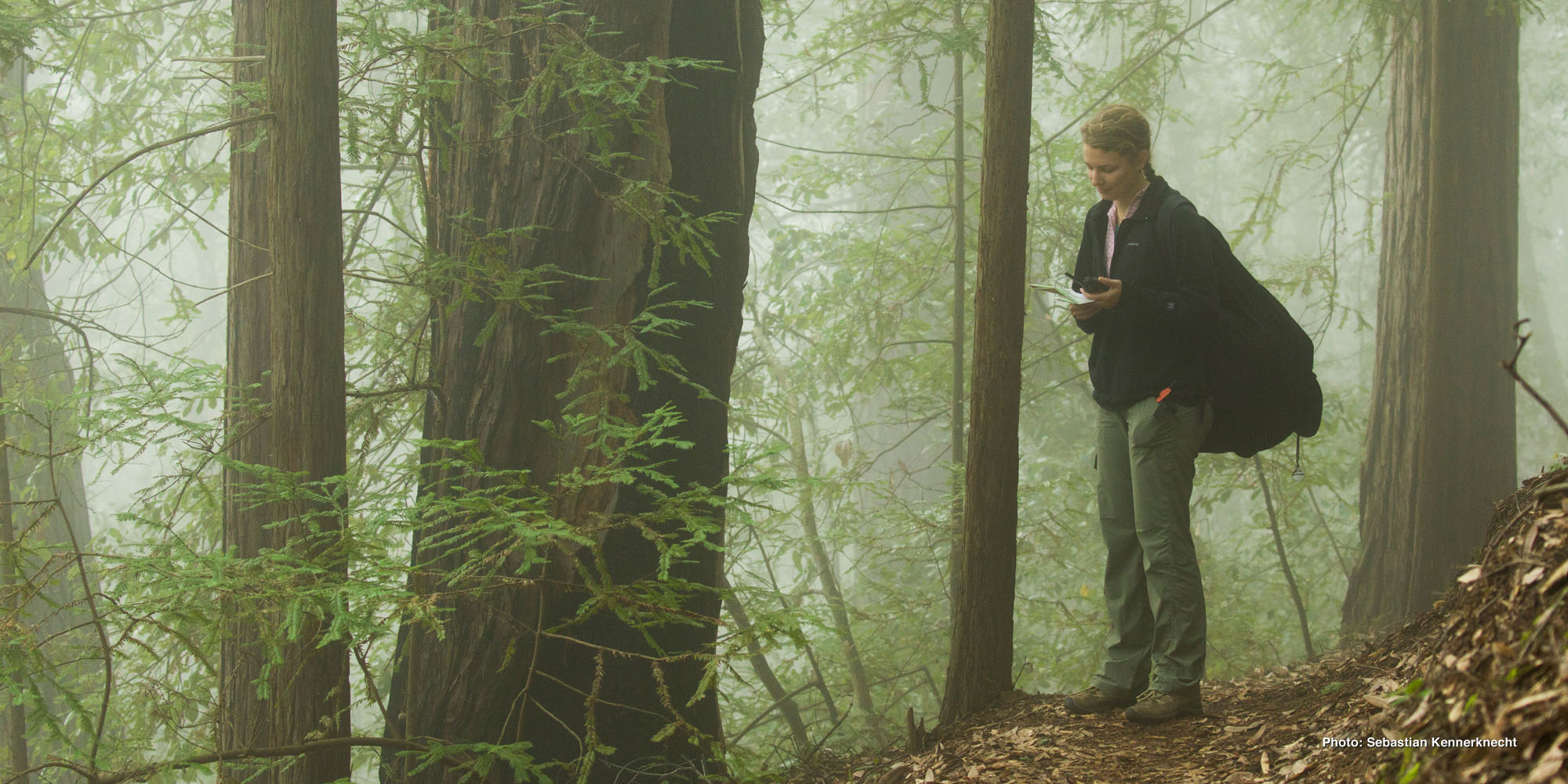
Mountain Lion FAQ
I want to know when there is a mountain lion on my property so that I can protect my livestock. Will you send me regular updates on mountain lions in my area?
The California Department of Fish and Wildlife does not allow us to share real time information on mountain lion locations with the public. However, we do post delayed tracking data on the collared mountain lions to the puma tracker app on our website a couple times a year.
I think a mountain lion killed my goat/sheep. What are my options?
Mountain lions do kill goats and sheep. This doesn’t necessarily mean they will become a regular nuisance to your livestock, however. We’ve seen it go both ways with our study animals. Some will move on never to return again. Others might come back on a regular basis. We’re not sure why. The only thing you can do to insure that this will not happen again, is to make sure your goats/sheep are in a lion proof enclosure at night. If this is not an option, you can legally kill the offending lion as long as you call the CA Department of Fish and Wildlife to receive a depredation permit.
How do I protect my goats and sheep?
The best way to ensure that your livestock are protected is to bring them into a predator proof enclosure at night. This needs to be a sturdy enclosure with a roof. Mountain lions are very good climbers and can easily scale many fences. More techniques for protecting livestock are available here.
I’ve seen a mountain lion, should I contact you?
We love to hear about your sightings. If you see something that you think might interest us, definitely contact us. What we are most interested in, however, are opportunities to capture and collar mountain lions. This can be greatly facilitated by finding fresh kills. If you think you’ve found a fresh lion kill and wouldn’t mind us trapping the lion on your property, please contact us ASAP. We’ve successfully trapped a number of mountain lions this way. It helps our project immensely and provides a great opportunity for you to see and learn about mountain lions.
How can I recognize a mountain lion kill?
After killing a deer, mountain lions generally drag them under a tree and cover them with leaves, duff, and twigs. This prevents other carnivores from finding and usurping their kills, as well as acting as a natural cooler to keep carcasses fresh. A mountain lion will usually spend one to 5 days feeding on a carcass.
Do mountain lions cache carcasses in trees?
Some large cats, such as leopards, cache carcasses in trees, however there are no verified accounts of mountain lions caching deer in trees.
I’m worried about my safety and the safety of my children. How often are people attacked by mountain lions and what can I do to protect myself?
Mountain lion sightings are infrequent and attacks are even less likely. Before the attack on September 7th, the last attack anywhere near here was in Morgan Hill in 1909 when a rabid mountain lion attacked a woman and her child. Throughout our daily lives, we face many risks greater than being attacked by a mountain lion. For example, approximately 82 people are fatally struck by lightening each year. Between 2005 and 2013, 251 people were killed by domestic dogs in the US. In contrast, in the US and Canada between 1890 and 2004 (that’s 114 years), there were 88 mountain lion-related injuries, and 20 human fatalities associated with mountain lions.
Over half of California is mountain lion habitat, and many thousands of people recreate in mountain lion country each day without incident. Midpeninsula Regional Open Space District estimates that its parks alone have an average of 5,400 visitors each day. That’s 2 million people walking, hiking, and biking in mountain lion country every year. People very seldom see them, let alone have a negative interaction with them.
Most of the time, you will never know whether you’ve hiked past a sleeping mountain lion. However, mountain lions are wild animals, and it is wise to know how to keep yourself safe. This is what the California Department of Fish and Wildlife recommends when spending time in mountain lion country:
- Do not hike, bike, or jog alone.
- Avoid hiking or jogging when mountain lions are most active—dawn, dusk, and at night.
- Keep a close watch on small children.
- Do not approach a mountain lion.
- In the rare event that you do encounter a mountain lion, do not run; instead, face the animal, make noise and try to look bigger by waving your arms; throw rocks or other objects. Pick up small children.
- If attacked, fight back.
- If a mountain lion attacks a person, call 911 immediately.
Around the home:
- Don’t feed deer; it is illegal in California and it may attract mountain lions.
- Don’t encourage deer to feed on your landscaping by avoiding plants that deer like to eat. For tips, request A Gardener’s Guide to Preventing Deer Damage from DFG offices.
- Don’t leave small children or pets outside unattended, especially at night.
- Install motion-sensitive lighting around the house.
- Provide sturdy, covered shelters with walls, a roof, and a door you can close for sheep, goats, and other vulnerable animals.
- Do not tether pets or livestock in mountain lion country.
- Bring pet food inside to avoid attracting raccoons, opossums and other potential mountain lion prey.
For more information from the CA Dept of Fish and Wildlife, click here.

